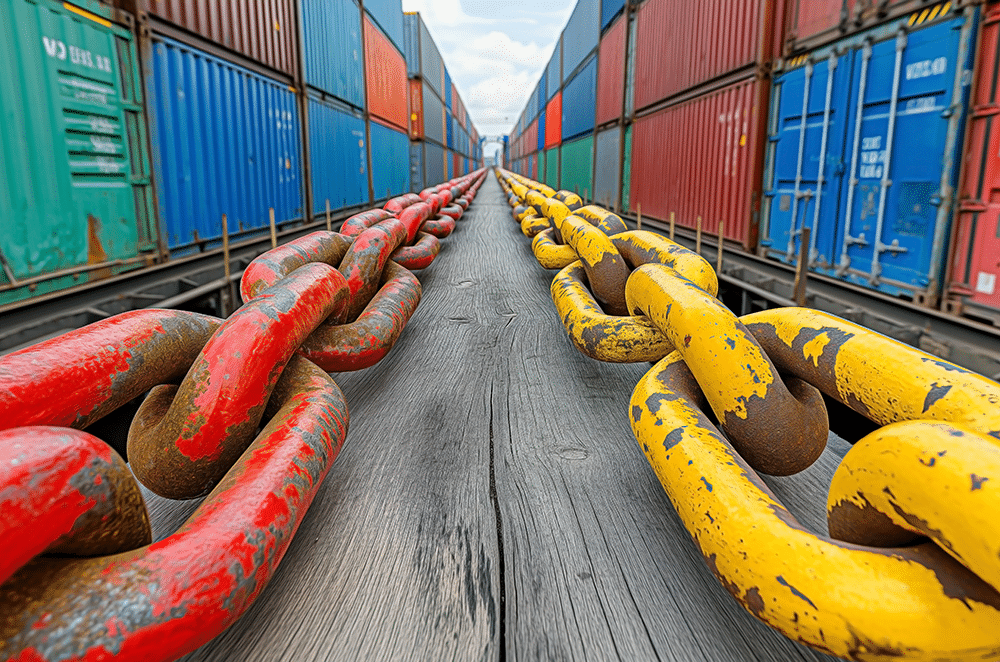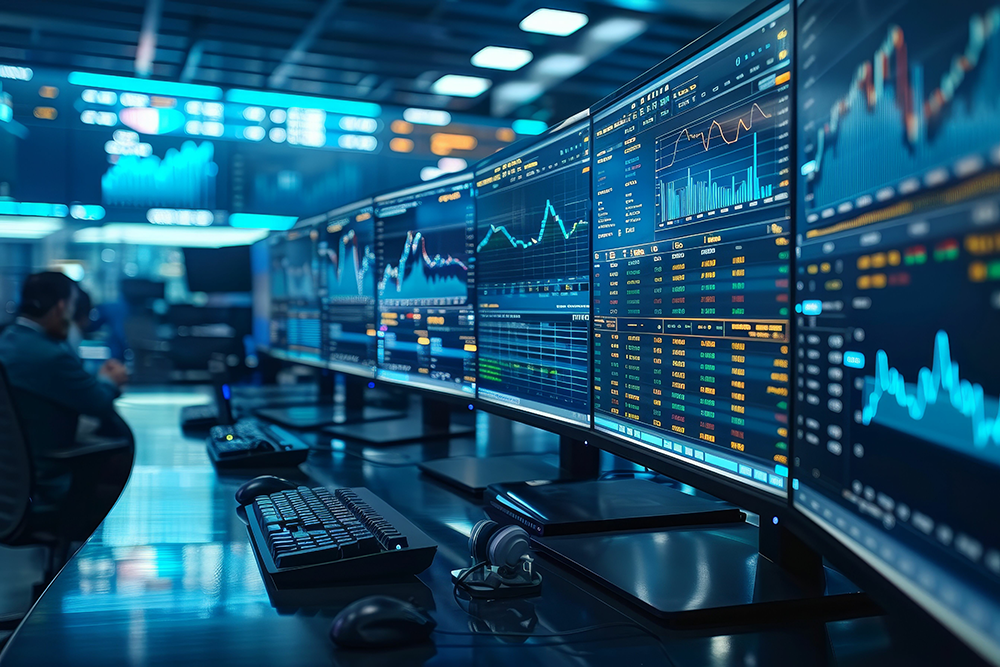Volatility’s Back, and It’s Wreaking Havoc on Metal Sourcing Strategies

Speculators may love volatility, but metal buyers hate it. As for Trump Tariffs 2025, the jury is still out. The truth is that a bout of unexpected turbulence like we’ve seen over the last couple of months can knock even the best-laid strategies sideways. The reasons are clear: markets nosedived in March and hit bottom in early April as fears over tariffs and a broader hit to global trade shook confidence.
Much of this played out in real time, cargoes were diverted, and consumers scrambled for alternative sources of supply. But when the threat of tariffs began to fade, prices surged. Copper jumped from the mid-$8,000s to $9,500 today, a 17% increase. After aluminum briefly plunged below $2,300 from over $2700, it rebounded to the mid-$2,450s. All base metals followed a similar pattern, with the wild gyrations leaving many buyers shell-shocked and unsure of what’s coming next.
Stay informed on the Trump Tariffs 2025 and their effects. Sign up for MetalMiner’s weekly newsletter.
Markets, Metals and Trump Tariffs 2025
In the next few weeks, progress in tariff discussions and looming deadlines from the Trump administration to secure concessions will drive momentum. Many analysts remain pessimistic about demand prospects, expecting prices to dip in the second half of the year.

For example, JP Morgan projects that weak demand will pull prices down once the current furor fades, forecasting nickel at $14,000 and zinc at $2,500, a level even the April sell-off didn’t hit. The bank also sees a surplus in both metals this year. Even copper, which boasts much tighter fundamentals, could ease in the second half. Finally, Reuters predicts that aluminum may retrace to April levels (around $2,325), especially given soft auto demand.
Tired of paying for metal price data you don’t use? With MetalMiner Select, you can access only the specific metal price points relevant to your business, eliminating wasteful spending on unnecessary data.
Pessimism vs. Reality
Analysts base much of this pessimism on expectations of a slowing global economy and disrupted trade flows triggered by tariffs meant to reset the U.S.’s trade terms with the world. However, both global growth and trade flows have shown surprising resilience. The chaos of the past two months will undoubtedly force consumers who rely too heavily on China to rethink their strategies, but we don’t expect global growth to grind to a halt.

Inflation remains manageable, energy costs continue to moderate, aside from a few ideologically skewed markets like the UK, and both corporate balance sheets and bank lending remain strong. As for metals, demand still holds firm, even if it lags in some sectors like autos. As negotiations ease tensions and stock markets rebound, wallets will likely open, boosting demand later this year.
Fear drives pessimism. Right now, both are steering the markets. But that sets a lower bar for speculator expectations. Even a modest boost in sentiment could pull investors back in, and with them, rising prices. Ultimately, don’t bet on “lower for longer.”
Want to identify which parts of your metal spend are most affected by the Trump tariffs 2025? Insights SV pinpoints the components with the highest tariff exposure, guiding your sourcing strategies.
